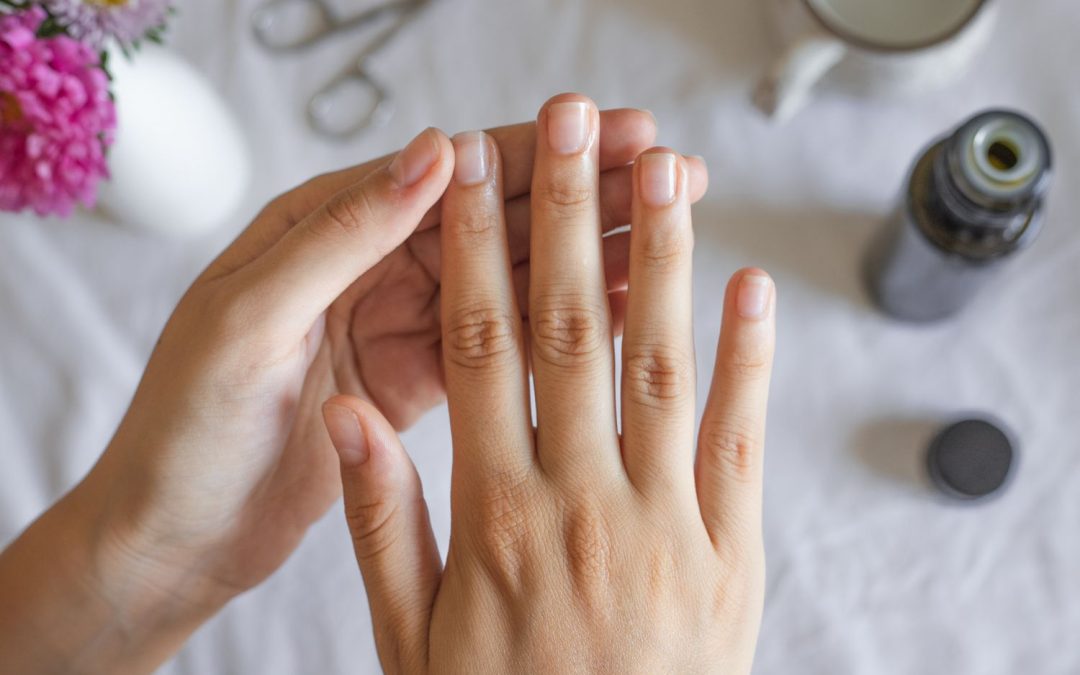Oman today_ Although small, nails play an important role in the health and appearance of your hands and can even reflect your overall health. Nails are composed of several parts: the skin surrounding the nail, which covers three sides and acts as a protective barrier; the nail bed, where new cells are produced that contribute to nail growth and strength; the cuticle, a thin layer at the base of the nail that protects newly formed cells; and the lunula, the white crescent-shaped area at the base of the nail that indicates healthy nail growth. Nails grow at an average rate of approximately 0.1 millimeters per day, taking around 4 to 6 months for a full nail to regenerate. Healthy nails should be smooth, uniform, and free of discoloration or spots.
If you plan to have a manicure, pay close attention to hygiene, as contaminated tools can transmit infections such as hepatitis or warts. Avoid excessive manipulation of the cuticles to reduce the risk of infection. For weak or brittle nails, keeping them short and slightly rounded, cleaning them after showering, applying special nail oils or moisturizers, and wearing cotton gloves at night are all beneficial. Using nail hardeners without formaldehyde or toluene and limiting nail polish remover use to no more than twice a month is also recommended.
The appearance of nails can provide clues about your health. Vertical lines and white spots are usually harmless and often result from minor trauma, while yellow or green discoloration may indicate respiratory issues. Stopped growth or a jagged, uneven edge can signal a serious condition, such as a heart attack, and in such cases, consulting a doctor is essential.
Daily nail care includes avoiding using nails as tools for prying or lifting objects, refraining from nail-biting, wearing gloves when working with water, soap, or chemicals for prolonged periods, regularly trimming and filing nails, and keeping nails and surrounding skin well-moisturized.
A common nail problem is fungal infection, known as onychomycosis, which typically begins with white or yellow spots at the tips of the nails. If it progresses, nails may become thick, brittle, and painful. This condition often affects those whose nails are frequently exposed to moisture. Treatment can be lengthy, but effective medications are available today to control and eliminate fungal infections.
Proper nutrition is vital for strong, healthy nails. Adequate iron intake helps prevent brittleness and vertical ridges, and good sources include liver, whole grains, leafy vegetables, and prunes. Protein is essential for keratin production and nail strength. Legumes, meat, and dairy are excellent protein sources, and plant-based proteins are often preferable due to lower saturated fat content. Nails reflect what you eat and overall body health, so maintaining a balanced diet is crucial for strong, beautiful nails.
Finally, the story of Lee Redmond from the United States is fascinating. Since 1979, she has not cut her nails and holds the record for the longest fingernails in the world according to the Guinness World Records, showing that nails can also be a medium for creativity and personal expression.

